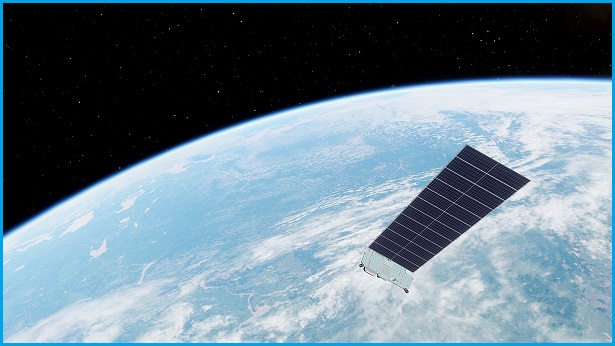Starlink, a constellation of internet satellites from Elon Musk’s SpaceX, will have nearly total coverage of the world in a month.
Speaking at the Mobile World Conference on Wednesday, Musk provided an update on how the project is faring.
“Starting August we should have global connectivity for everywhere except the poles,” he said.
“It is operational. We recently passed the strategically notable number of 69,420 active users and I think we are on our way to having a few hundred thousand users – possibly over 500,000 – within 12 months.”
Starlink is currently powered by over 1,600 satellites in low earth orbit – around 500km above the Earth – which communicate with ground stations and small satellite dishes customers use called ‘terminals’.
Combined, the satellites draw around five megawatts of solar power and are capable of transferring 30 Tb/s of data.
Musk has no misgivings about Starlink completely taking over internet usage, especially in high density urban areas in which he says Starlink can only service a relatively small number of customers.
“There’s a need for [internet] connectivity in places that don’t have it right now, or where connectivity is very limited or very expensive.
“You can think of Starlink as filling in the gaps between 5G and fibre, and really getting to the parts of the world that are the hardest to reach.”
Musk claimed Starlink can deliver low-latency internet connection anywhere on Earth, with latency in the ballpark of around 20 milliseconds.
All 72 orbital planes activate in August, plus many other improvements, enabling global coverage, except for polar regions, which will take another 6 months
— Elon Musk (@elonmusk) June 25, 2021
Starlink began taking pre-orders for Australian customers in February but the service isn’t cheap. The terminal alone costs $709 (plus $100 shipping and handling) with internet access costing $139 per month.
Even with the high setup costs, Musk said Starlink is selling those terminals at a severely discounted rate, saying they cost around $1,300 to make.
“We are subsidising the cost of the terminal at the moment,” he said.
“We are working on the next generation of terminals that provide roughly the same level of capability but cost much less.
“Selling terminals at half price is not that compelling at scale.”
Asked how much money SpaceX plans to invest in Starlink, Musk said it could be as much as $10 billion before the company starts to see positive cash flow.
“If you say, like, how much are we going to invest after positive cashflow? We’ll keep investing after that point in order to not be made irrelevant by continued improvements or extensions of cellular or the lower cost of geosynchronous satellites,” he said.
“So, the total investment before then will be at least, $5 maybe $10 billion, then over time it’s going to be some multiple of that – $20 or $30 billion over time.”
Part of the effort toward breaking even is through Starlink partnering with telecommunications companies to help them with requirements to deliver service to rural as well as urban customers.
“A number of countries have requirements that in order to receive 5G license they also have to provide rural coverage.
“It can be very difficult to make the economic case so effectively urban customers end up subsidising rural customers, so in that case [we] can just take care of the rural customers.
“For telcos, it’s usually most difficult to serve three to five per cent of the customer base.”










